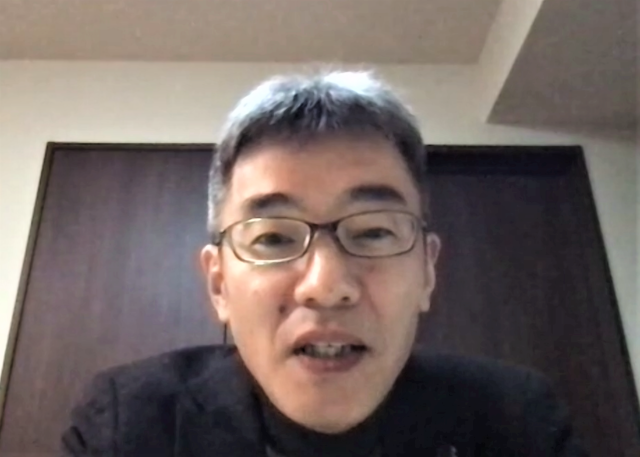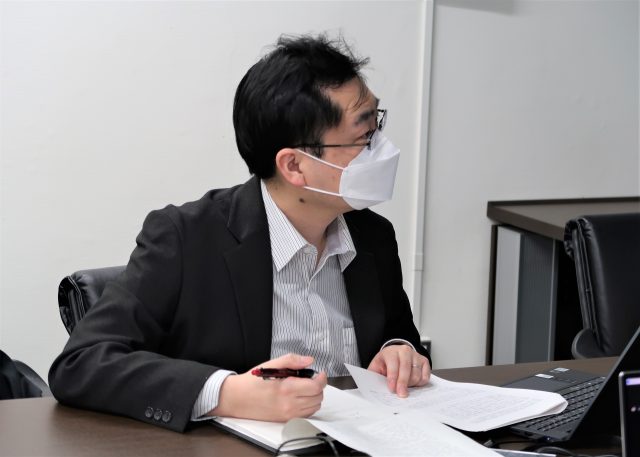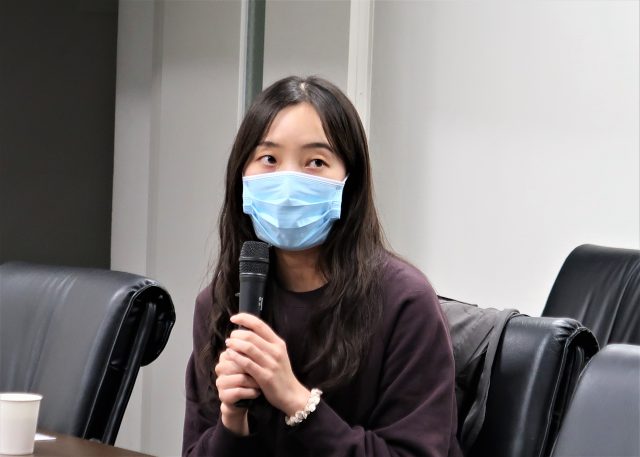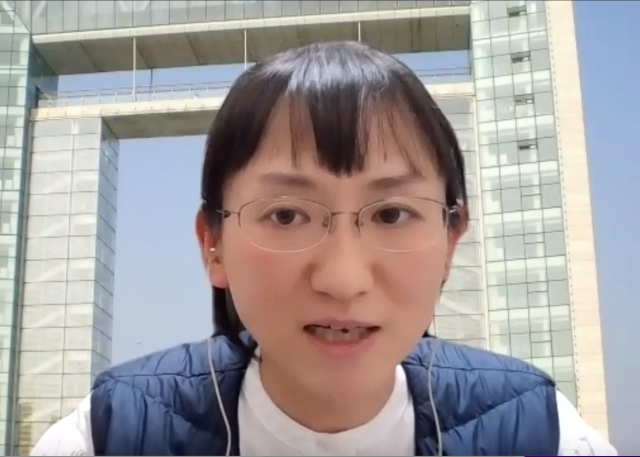The Sixth Research Meeting of the Ushioda Initiative of Arts was held on November 28, 2022. Professor Qu Jingtong (渠敬東) from Peking University delivered a presentation titled “Landscape in the Post-Industrial Era.” He provided an overview of the genealogy of thoughts on humans and nature in Chinese history and focused on the ideological value of the Chinese landscape (shān shuǐ, 山水) in the contemporary era, in which capitalism is increasingly pervasive.
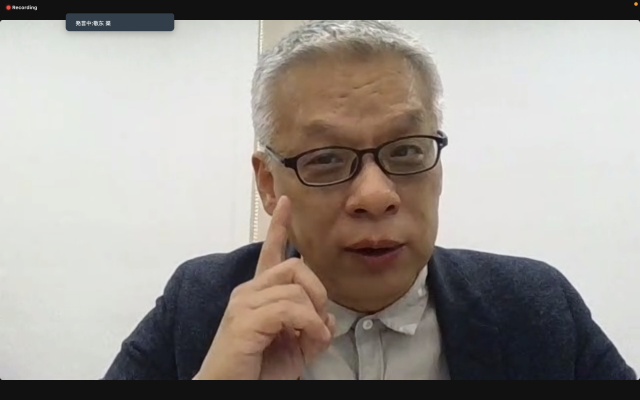
Society is typically understood as the “human world” or “human affairs.” However, our understanding of society is formed through the mediation of entities that transcend the human world and human affairs. Such reflections on transcendence have been persistent in China, including recent scholars like Fei Xiaotong (費孝通, 1910-2005) and Qian Mu (銭穆, 1895-1990), who wrote about the relationship between the “Dao” and the state and society. Tracing this lineage back to ancient China reveals the philosophical context surrounding “shān shuǐ.”
According to Professor Qu, the Chinese conceptualization of the relationship between humans and nature has developed through several stages. The first stage is the shift from “shamanism to ritual.” During this stage, the sacredness of nature was reflected in official ceremonies. This was followed by the “intermingling of humans and gods” from the Warring States period (c. 475–221 BC) through the Qin (221–206 BC) and Han (202 BC–9 AD; 25–220 AD) dynasties. The landscape poetry and paintings of the Song (960–1279) and Yuan (1271–1368) dynasties embodied a worldview in which Buddhism, Daoism, and Confucianism were integrated. Prominent figures such as Wang Wei (王維, 699-761), Guo Xi (郭煕, c. 1020–c.1090), Zhao Mengfu (趙孟頫, 1254–1322), and Ni Zan (倪瓚, 1301-1374)exemplify this. The content of Chinese landscape art has continuously evolved, but the thematic pursuit of harmony between humans and nature has remained consistent. Returning to this worldview of “shān shuǐ” represents an attempt to move beyond modern binary oppositions.
In contrast, modern society can be described as a capitalist world in which “heaven and earth,” “mountains and waters,” and “gods and hearts” have been disassembled and separated. The formation of this world was accompanied by the emergence of carefully-defined modern concepts such as territory, nation, and state. In this process, the Chinese landscape also transformed into the objective, independent entities of “mountains and rivers.” Embedded in this contemporary world, we tend to understand things in the context of materials and consumption, or to suspend them at a conceptual level without allowing them to affect our minds and bodies. According to Professor Qu, the philosophy of Chinese landscape art can effectively connect us to the larger world and help us establish a new relationship with nature, the environment, and historical issues.
Professor Qu’s grand and thought-provoking overview left a lasting impression. However, how feasible is it to practice the tradition of “shān shuǐ” in real life? To what extent can the economic and social conditions that support our exploration of “shān shuǐ” be separated from capitalism? How do we confront the tension between the “discovery” and the “invention” of Chinese tradition? How can different academic disciplines organically create diversity in approaching literary and artistic studies? The possibilities for the future undoubtedly lie in these lingering questions.
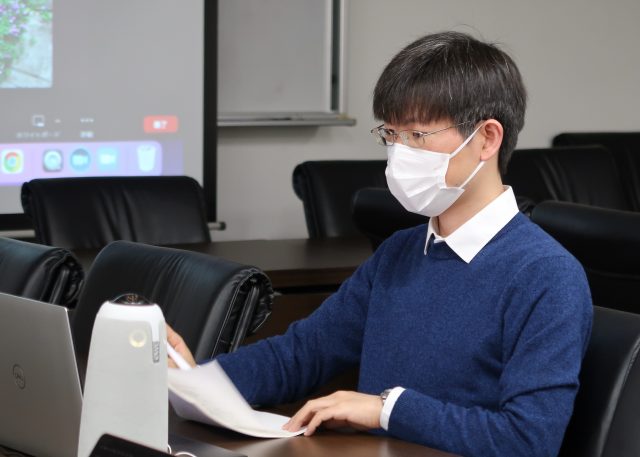
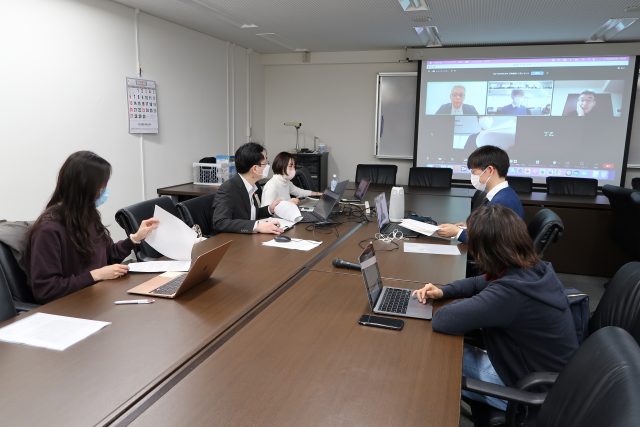
Interpreter: Xinsheng Yu (Project Research Fellow, University of Tokyo)
Reportor: Muyun Wang (Project Research Fellow, EAA)
Translator: Dan Yi (Project Research Fellow, EAA)









